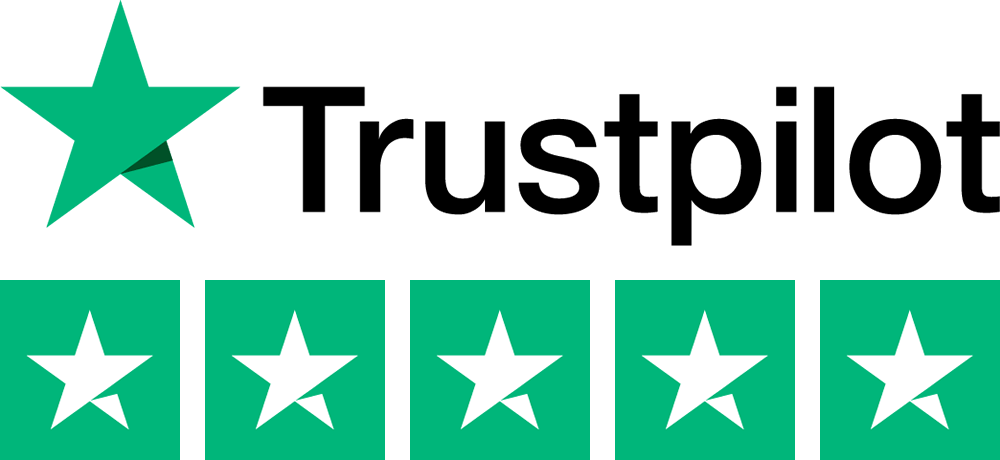
What is a bridging loan? and why do people use them?
Bridging loans and their uses
Bridging loans or bridging finance is typically used to borrow a large amount of money for a year or two. Bridges are helpful if you need to borrow money to access fast finance for various purposes, from residential and buy-to-let purchases to commercial transactions.
A bridging loan can benefit those who need a temporary cash injection to buy a new home before selling their current one. They are also increasingly used by property developers who cannot refinance their existing development finance.
Here are Trinity Specialist Finance's top reasons to use a bridging loan:
Preventing a Chain Break
The most popular reason to take a bridging loan is still to prevent a chain break, according to MT Finance.
If you want to purchase a new property but are stranded waiting for your current one to sell, a bridging loan could be the solution to breaking the chain. Once homeowners sell their property, the loan is then repaid in full.
Business Finance
Bridging loans are typically used by businesses in need of short-term funding. As the name suggests, bridging loans can help “bridge” a gap in a business' finances rather than be a permanent financial solution. This may be to fund the gap between a payment being due and another funding source available to make that payment.
Auction Purchase
Want to purchase a property at auction, and it needs work? Bridging loans are a great way to quickly raise capital, making them ideal for buying property at auction. Once the purchase goes through and the works are completed, the loan is typically repaid by remortgaging.
Purchase of unmortgageable properties
Utilising bridging finance, we could help you purchase an unmortgageable property and do the required work to qualify for a standard mortgage.
Refurbishments
If you are considering refurbishing your property, bridging finance can be a great way to fund the works. Once completed, you can utilise a standard residential remortgage to exit the bridging loan once the lender has a product to fund the refurbishment costs and then switches customers onto one of its standard buy-to-let rates once the property has been valued again.
Development exits
If you are a developer, bridging finance can provide the perfect platform for you to start your next project before the sale of a recent development. Once the sale of the previous development is completed, you can then exit the bridge with equity from the sale after having already started your latest project!
Trinity Specialist Finance has access to a wide range of bridging lenders, and with expert knowledge on our side, we are here to help you & your business with any bridging or commercial finance requirements.
Trinity Specialist Finance has access to lenders offering:
- Loan size between £100,000 and £10m
- Fast terms agreed
- Residential, HMOs, buy-to-let and mixed-use property funding
- Rolled interest facilities
- Lending to offshore companies and trusts
- Available to older clients with no upper age limits
- With or without planning permission
- Bridging loans in England, Wales, Scotland and Northern Ireland
Bridging loan exit strategies
Bridging lenders have a strong appetite to provide funds, but they expect each client to have a viable exit strategy and method to repay the loan. This is typically the sale of the property or an agreement from another suitable lender to repay the bridging advance.
Trinity Specialist Finance, our sister company, has access to various bridging, commercial, and development finance funding options. The firm works with lenders offering competitive rates, as well as several exclusive deals, in all these areas.

What are the pros and cons of bridging loans?
Bridging loans can be extremely risky and expensive, especially if your method of repaying the loan is not foolproof. They can be a way of quickly accessing funds for large purchases, but they are not for everyone.
If you have access to an alternative and cheaper method of securing finance, it is worth investigating to see if it is a viable option. Before you decide, it's worth weighing up the following pros and cons:
Pros of bridging loans
Flexibility. If you struggle to secure a mortgage, a bridge may be a fast alternative.
Certainty. If you're part of a chain, bridging loans can offer additional security that the transaction will take place even if the chain collapses.
Speed. Unlike a mortgage, a bridging loan can be in your account quickly once the application has been approved.
You can borrow large sums. Because bridging loans are secured against a high-value asset (usually a property), you can borrow larger sums, as lenders see these types of loans as less risky for them. Many reputable bridging firms will not lend if they suspect the debt will not be repaid on time.
Cons of bridging loans
They're expensive and tend to have costly setup costs. You could lose your home or buy-to-let property if the debt is not repaid on time, particularly if you used a less reputable company. Because bridging loans are secured against a high-value asset, if you cannot repay the amount you owe on time, you face the risk of repossession. Many borrowers who struggle to repay the bridge find themselves trying to get another bridging loan, which is when problems arise.
What are the alternatives to bridging loans?
Bridging loans are a niche and often the very last option. This product is best used in pretty narrow circumstances so you could consider the following alternatives:
Remortgaging. You could remortgage your current home to access more cash or refinance another property if you own one. Tap into the Bank of Mum and Dad. If you're in a position to raise funds through family members temporarily, it may well be cheaper.
Trinity Specialist Finance has the experience and expertise to secure a specialist mortgage for your specific needs. Call the team on 020 7016 6151.
Please be aware that by clicking on the above link, you are leaving the Trinity Financial website. Please note that neither Trinity Financial nor PRIMIS mortgage network are responsible for the accuracy of the information contained within the linked site accessible from this page.













